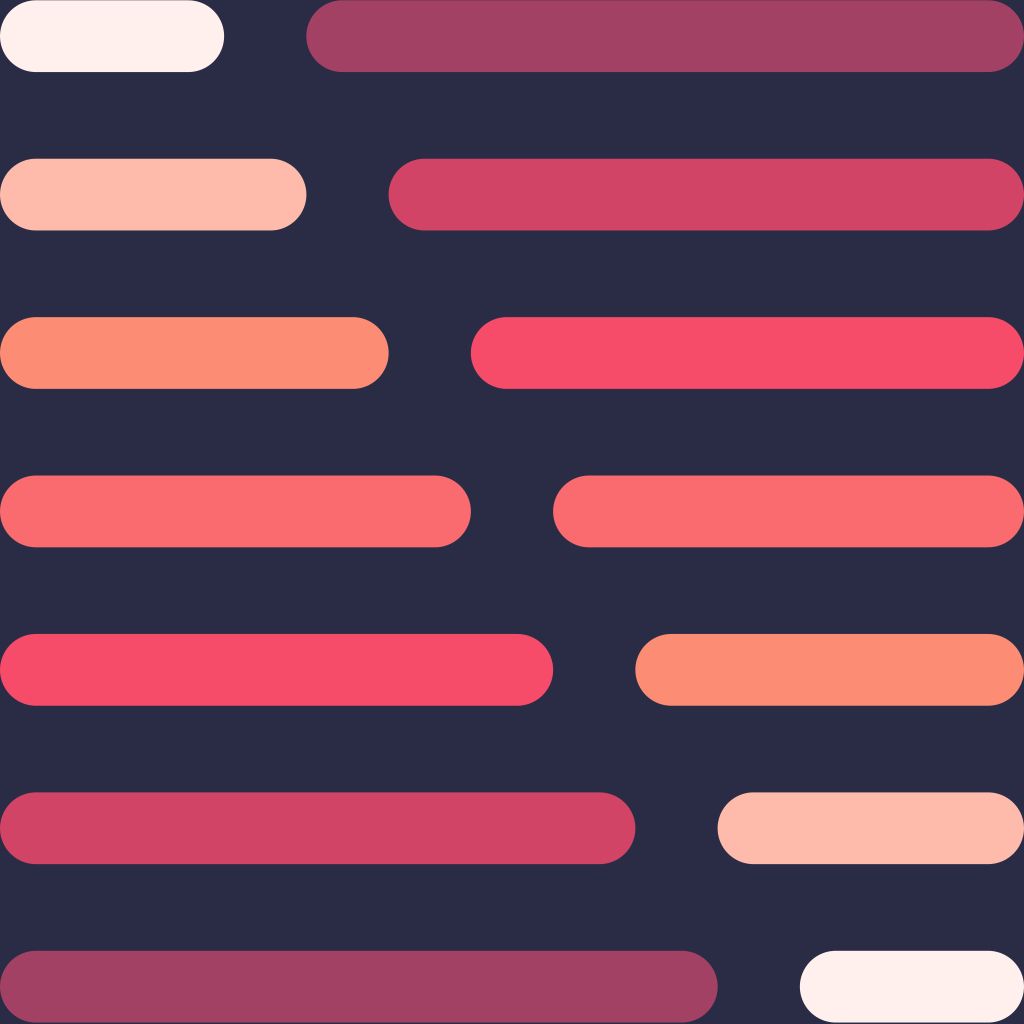138 reads
How We Built This: A Platform for Crowdsourced Design Patterns
by
January 26th, 2021
About Author
The library of crowdsourced design patterns. Check us out at patternite.com!
Comments
TOPICS
Related Stories
Assemble Your Crew!
Aug 15, 2018
Assemble Your Crew!
Aug 15, 2018
